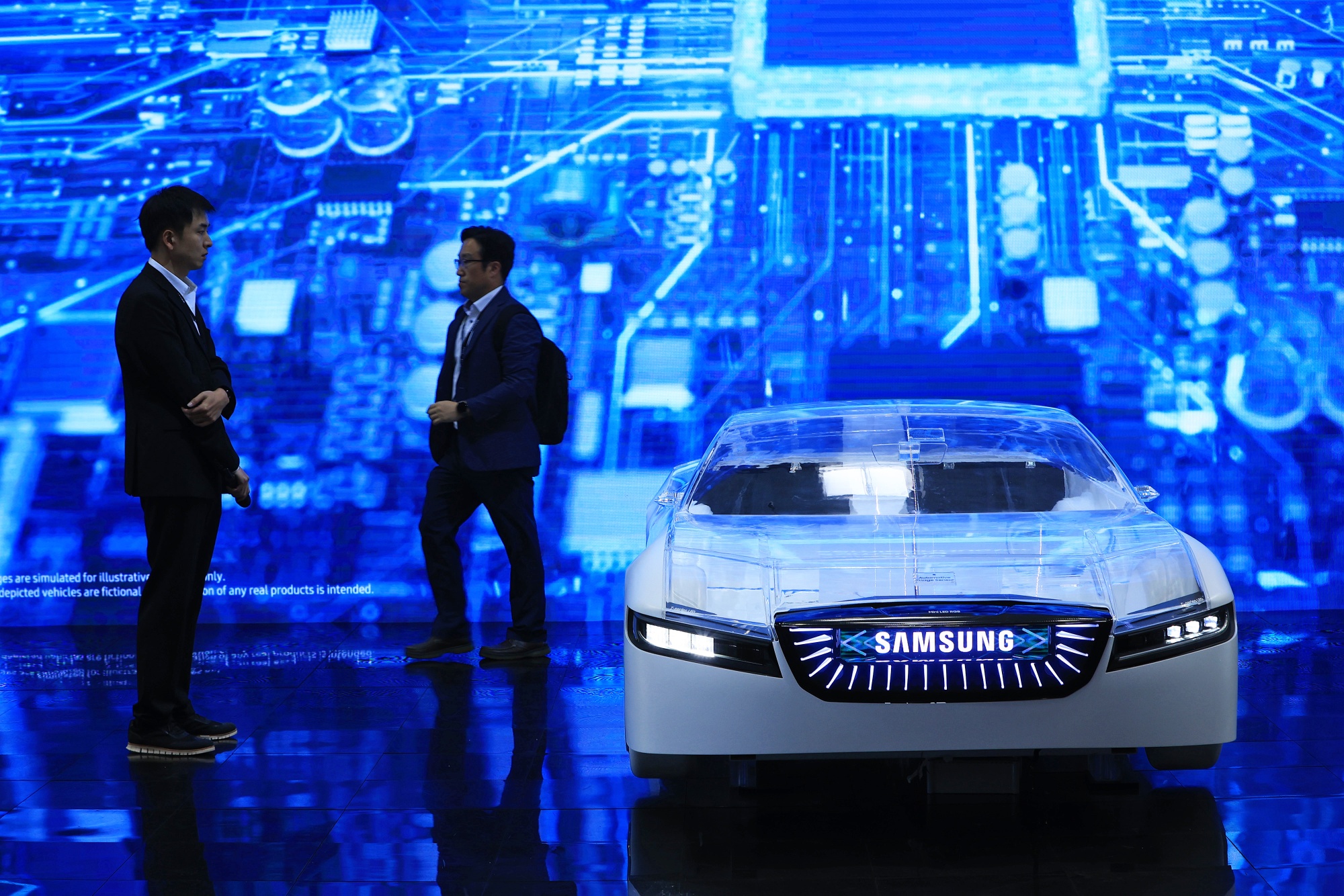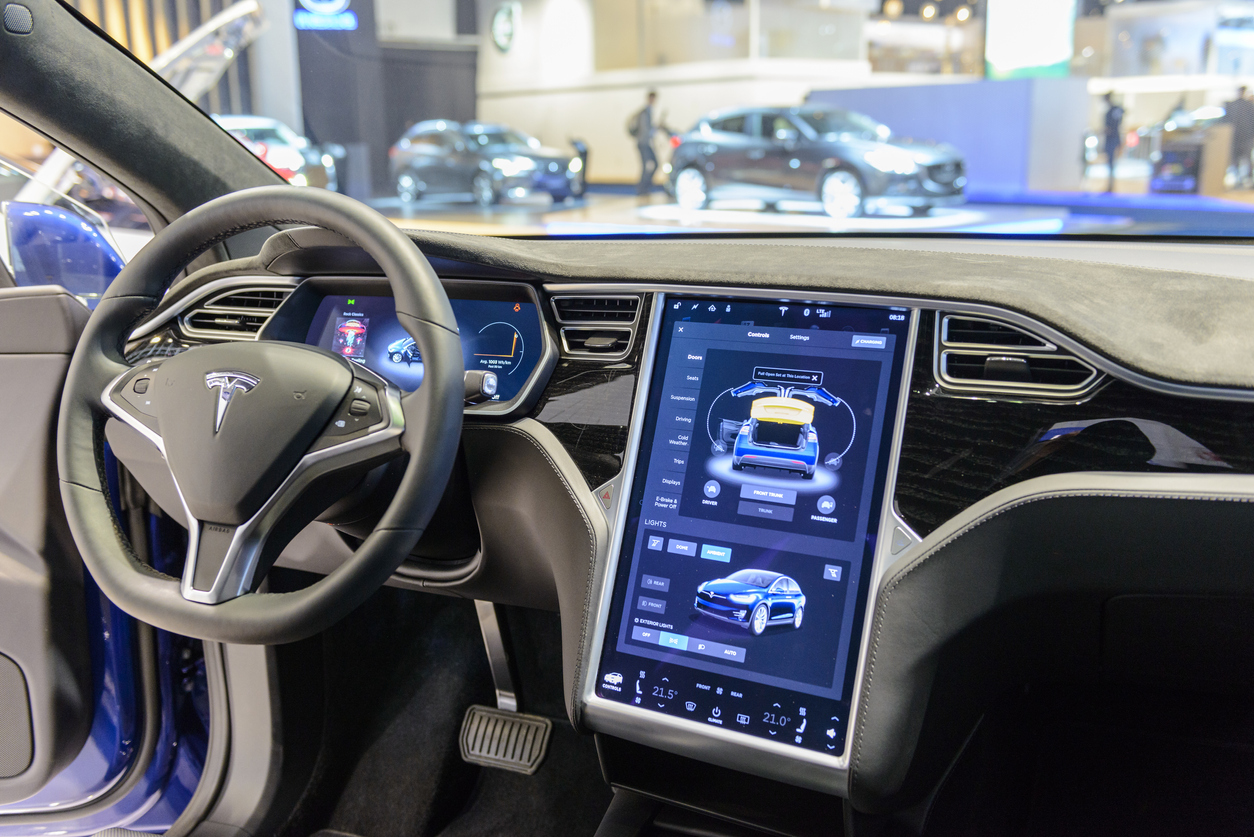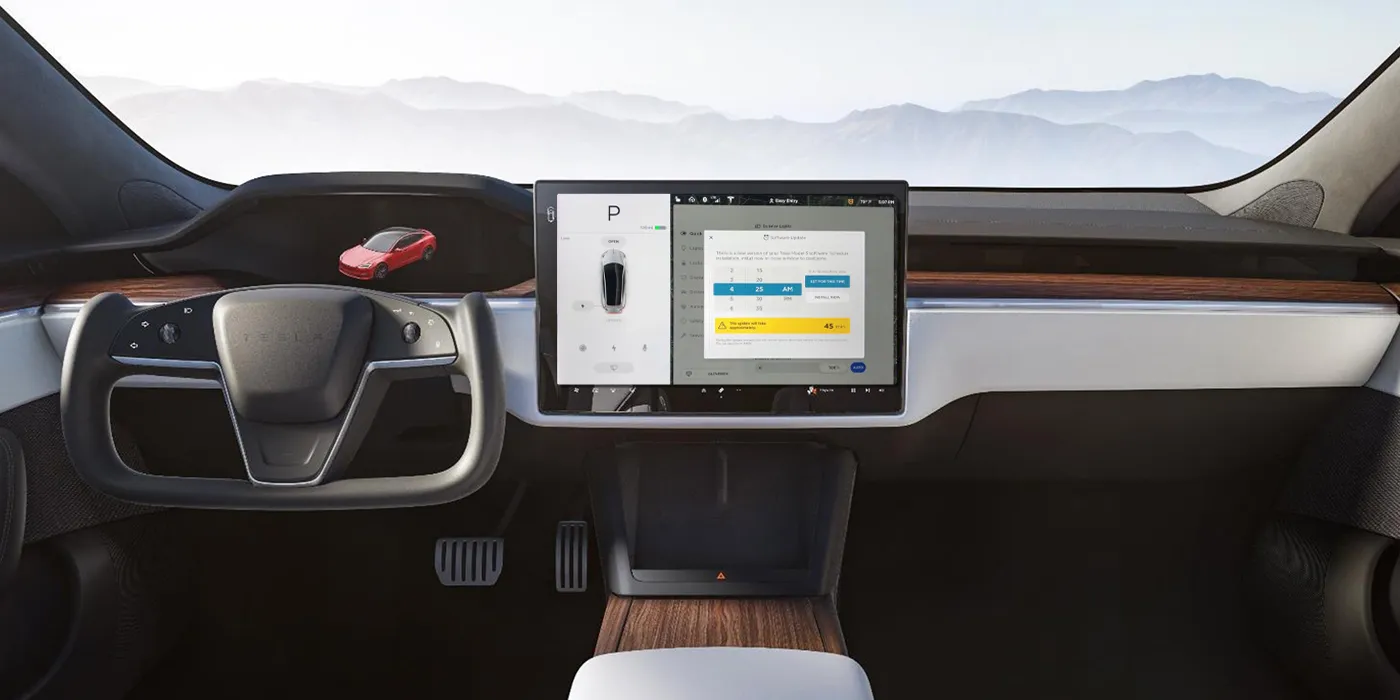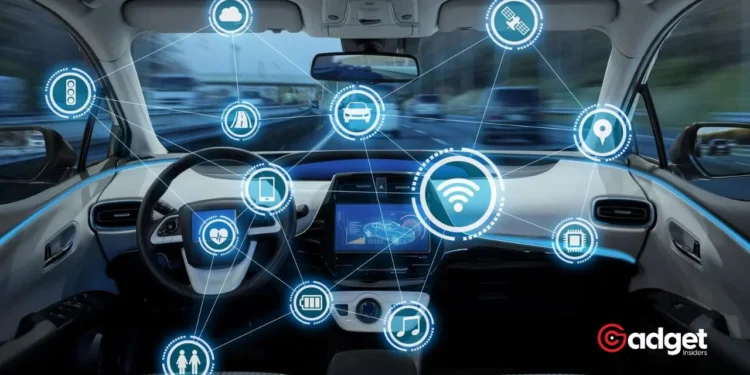In the bustling world of electric vehicles, where innovation meets everyday convenience, sometimes the learning curve can present unexpected challenges. A recent incident involving a Tesla owner in a Chick-Fil-A parking lot in California brings to light the intricacies and potential pitfalls of modern vehicle technology.

A Sticky Situation
Brianna Janel, known to her TikTok followers for her engaging content, found herself in a precarious situation when she decided to update her Tesla’s software during a routine stop. The software update, version 2024.3.10, was supposed to last a mere 24 minutes. However, it stretched to an uncomfortable 40 minutes. During this time, the interior of Janel’s car heated up to a stifling 115 degrees as she sat unable to exit due to the ongoing update.

“Inside my car it’s 103 degrees, so I’m slightly freaking out. I hope I don’t run out of air,” Janel expressed in a video, highlighting the severe discomfort she faced. The vehicle’s system had disabled driving and charging capabilities, leaving her trapped inside with no way to manually override the doors or windows without risking damage to the vehicle.
Lessons in Vehicle Safety and Design
This incident sheds light on the broader issue of electronic interior door releases, a feature not exclusive to Tesla. Other automakers like Ford, Chevrolet, Audi, and Lexus also incorporate similar technology in their models. These systems, while sleek and modern, often do not have manual releases in the back seats, posing a potential safety concern if the electronic system fails.
Consumer Reports notes a similar case with a 2006 Cadillac XLR where the driver was trapped for 14 hours after the battery died. Although there was a manual release, the driver was unaware of its existence, a critical detail that could have prevented the prolonged entrapment.
It seems Tesla is punishing me for sharing my raw and honest videos of Full Self-Driving Beta software.
As of today, I’m still driving with the 10.69.25 version which has been recalled due to safety issues. 1000’s of other vehicles received update V11 several weeks ago. pic.twitter.com/YQHIKeTX6P
— Miss Jillybean (@MissJilianne) April 1, 2023
Tesla’s own manual release is discreetly integrated into the car’s front arm, easy to miss if one is not specifically aware of it. This design choice reflects a balance between aesthetics and functionality, a common theme in modern vehicle design.
Recovery and Reflection
Fortunately, Janel’s ordeal ended safely as she regained control over her car and managed to activate the air conditioning. Reflecting on her experience, she advised her followers, “Do not update when you’re sitting in the car. Stick to updating it at 2 a.m. like I used to do it.” Her experience serves as a vital reminder of the importance of understanding the full capabilities and operation procedures of modern technology-equipped vehicles.

Tesla Incident: User Awareness in Vehicle Technology
While Tesla and other manufacturers push the envelope on vehicle technology, the blend of high-tech features with user-friendly interfaces remains a dynamic challenge. For Tesla owners and tech enthusiasts alike, this incident is a poignant reminder of the need to familiarize oneself with all aspects of their vehicle’s operational features, especially safety protocols for situations when technology might just get too smart for its own good.
Tesla continues to recommend the use of the manual door release in scenarios where the car loses power, underscoring the need for awareness and caution among users when managing software updates and other interactions with vehicle technology.










